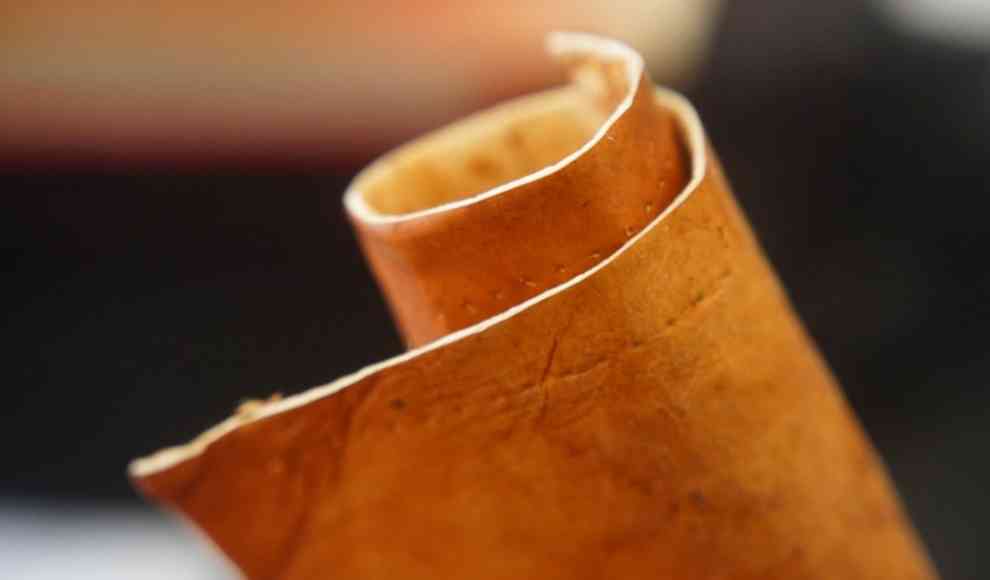Mushroom-based vegan leather is a more environmentally friendly and cheaper alternative to traditional animal leather, while still possessing similar tactile properties and being biodegradable. Leather is a durable material, but its production has a significant impact on the environment due to greenhouse gas emissions from animal farming and the use of problematic chemicals in tanning and dyeing. Synthetic leather made from plastics like PVC or PU has not been able to establish itself due to its shorter lifespan and potential health hazards. Researchers at the University of Vienna have now presented a vegan leather alternative based on mushrooms. The material is made from mushroom biomass, which can be grown on forestry by-products like sawdust and requires only a constant high temperature and humidity. The mushroom biomass can be processed into leather-like sheets that are water-resistant, flexible, and can be dyed and printed on. The material is also biodegradable and cheaper to produce than traditional leather.
According to a publication in the journal Nature Sustainability, the research team chose this approach because mushrooms contain chitin, which contributes to the stability of the material, similar to the animal protein collagen found in traditional leather. The mushroom-based material is CO2-neutral and fully biodegradable at the end of its lifespan. The researchers believe that this material could be a cost-effective, socially responsible, and environmentally friendly alternative to traditional leather. However, improvements are still needed in the cultivation process to achieve consistent thickness, color, and mechanical properties. Despite this, the researchers are optimistic about the potential of mushroom-based leather, as significant progress has been made in this technology, and more companies are starting to produce leather alternatives based on mushrooms.
In conclusion, mushroom-based vegan leather is a promising alternative to traditional animal leather, as it is more environmentally friendly, cheaper, and possesses similar tactile properties. The material is made from mushroom biomass, which can be grown on forestry by-products and requires only a constant high temperature and humidity. The mushroom-based material is water-resistant, flexible, and can be dyed and printed on, and is also biodegradable. While improvements are still needed in the cultivation process, the researchers believe that this material could play a significant role in the future of ethical and environmentally responsible materials.










